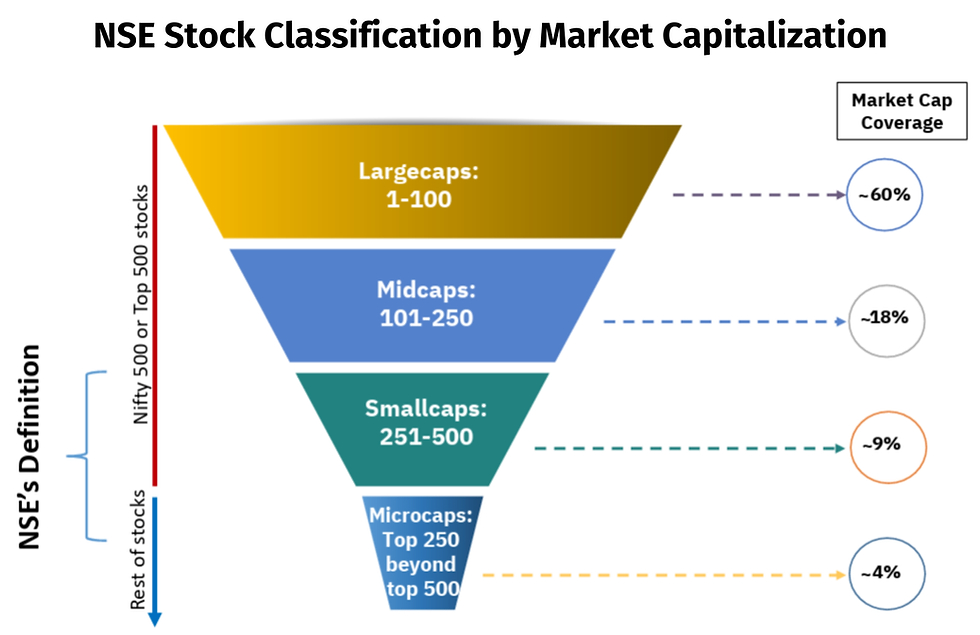Giving Up Returns And Gaining Balance
- Akshay Nayak
- Jun 25, 2023
- 3 min read
The average Indian investor has always shown a lopsided preference towards one particular asset class. 50 to 60 years ago, debt was predominantly the asset class of choice. And within debt, it was traditional debt products that were preferred. Most investors were reluctant to move beyond bank deposits. With time, investor preferences moved towards relatively more risky options within the debt space. These include bonds and debt mutual funds. As returns from fixed income avenues fell over time, investors gravitated from debt products towards equity.
The shift in preference from debt towards equity is certainly welcome. But, the modern Indian investor's portfolio tends to have significant allocations to equity. Almost to a point where debt is completely ignored. This is because equity occupies a significant share of the modern Indian investor's mindspace. Equity has also been one of the best performing asset classes in the recent past. Clearly, an Indian investor's asset allocation has always been oriented towards chasing returns. This is the least viable way in which to approach asset allocation. And today I am going to talk about how investors can develop a better approach to asset allocation and portfolio construction.
The first thing to note about asset allocation is that it is not aimed at return maximisation. It is rather a tool that is aimed at effectively managing portfolio risk. It aims to avoid disproportionate exposure to a single asset class at any given point of time. And this ultimately optimises portfolio returns. Having lopsided allocations to a single asset class therefore defeats the very purpose of asset allocation. It leaves our portfolio susceptible to two major risks. Firstly, our portfolios may not generate returns high enough to enable the attainment of our goals.
This is a common occurrence when portfolios are too heavily allocated to debt. Also, we may run the risk of suffering a drastic drop in portfolio value at exactly the wrong time. This is a risk that arises when portfolios are heavily allocated to equity. The most logical way to overcome these risks is to practice strategic asset allocation. It ties the asset allocation of the portfolio to the goal for which it is created. From there, periodic rebalancing is carried out to ensure the portfolio maintains equilibrium. The process of strategic asset allocation can be understood by looking at the graphic below.

Strategic asset allocation clearly focuses on the process before product selection. It is also tied to the risk profile of the investor. It therefore gives investors the best chance to achieve their goals. The next step would be to decide the approach to portfolio construction. The goal based portfolio construction approach is a natural extension of strategic asset allocation. The goal based approach involves the creation of individual portfolios for each goal. Each portfolio would have it's own asset allocation and products. The choice of asset allocation and products would depend upon the nature and investment horizon of each goal.

Goal based portfolios are easier to track and map to our goals. They ensure that multiple asset classes are employed in the portfolio. Threshold limits can be set for each asset class in the portfolio. The breaching of these threshold limits would serve as a trigger for rebalancing. This mitigates the risk of over exposure to a single asset class in the portfolio. There are a few things to be kept in mind when employing the goal based portfolio approach. The approach is highly structured. Therefore there needs to be a clear mechanism in place to handle unexpected events.
Ensuring that we always have enough liquid assets to provide for the next 2 to 5 years would be an ideal way to achieve this. It would make financial plans more adaptable and portfolios more resilient. Where there are multiple goals, portfolio construction may become repetitive and time consuming. Product selection could become another pain point. Building portfolios with a few, simple, low cost products would solve these issues. For more on constructing portfolios in such a way, feel free to check out one of my earlier articles Low Cost, Highly Effective Portfolios.
Indian investors need to move away from the idea that a particular asset class is the best option available. No asset class can be a panacea for investor portfolios. Each asset class has its own inherent merits and risks. A combination of various asset classes must co exist in investors' portfolios for them to derive the best results. There must therefore be a clear process behind the investor’s approach to asset allocation and portfolio construction. This can only happen when investors stop chasing returns and strive for balance in their asset allocation and portfolios.



Comments